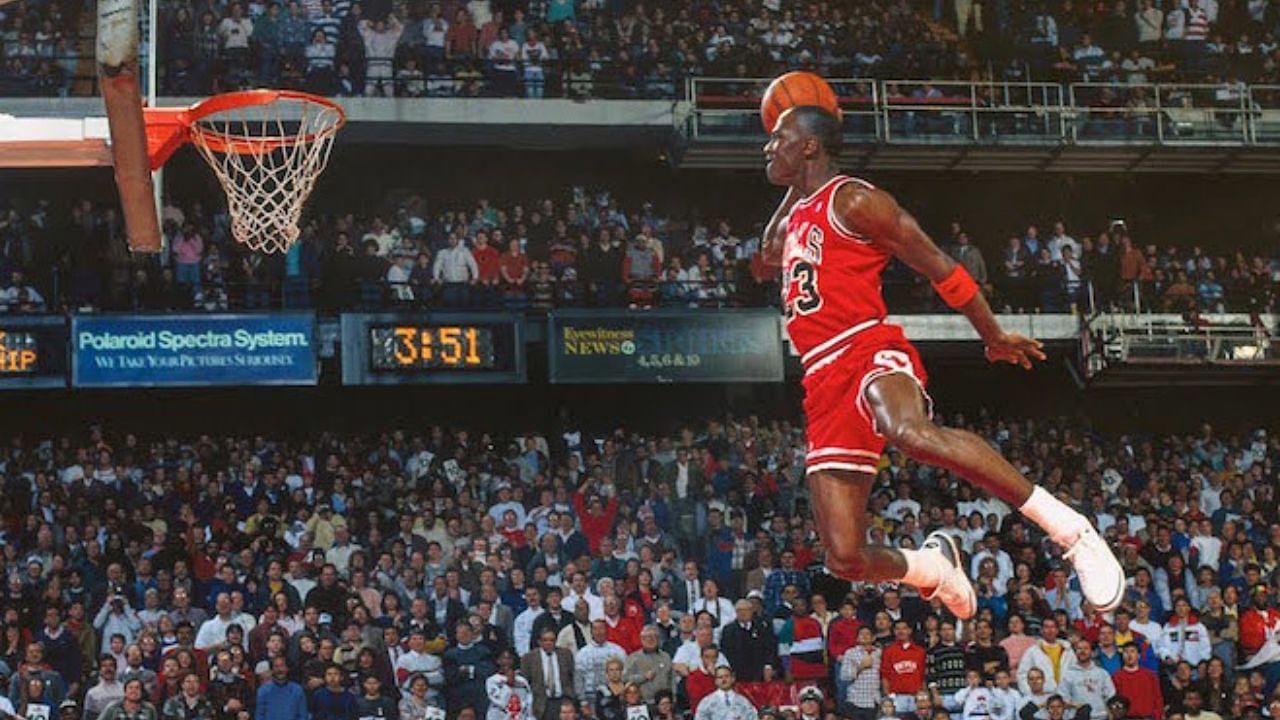The NBA has had varied rules about what can be worn on TV and what cannot. A sports league that has tie-ups with certain sponsors would hate to see its players represent brands they don’t endorse. Whether it be LeBron James or Michael Jordan, nobody is above the NBA law.
Advertisement
Guns in the locker room are banned (Gilbert Arenas learned it the hard way), but did you know trivial items like blackface masks are banned too? Although no official reason has been given to date, one can only assume that monetary reasons are behind it.
But one item that was banned and was genuinely a hazard on the court was the gold chain. Many athletes, including Jordan in their early eras, sported their bling around their necks. Remember the iconic dunk of MJ with his gold chain? That was only allowed because it was an exhibition dunk contest.
Chains were a popular accessory in the 70s and 80s
Gold chains were a hugely popular item 50 years ago. Athletes’ newfound wealth was spent on ostentatious showpieces. At a time when new avenues were opening up for the younger generation, gold jewelry was the best bet to look cool.
But the NBA decided to ban them because of the risk it posed. not because players would attract criminals but because of all the scuffles they got into. Imagine someone had a swinging necklace, and in the heat of the moment, an opponent grabbed it to choke them.
Banning the necklace and its phaseout happened simultaneously because rappers moved onto shinier objects. Diamonds and platinum became all the rage, and the athletes kept them for their pregame fits.
Michael Jordan and many other black athletes inspired the kids of their era
Michael Jordan was a fashion icon for many people in the 80s and 90s. His merchandise and the general visage were what the kids and the young adults were aiming for.
The 70s and the 80s had a cross-influence of cultures. The sport of Basketball had reached its final form, and the expressive African American was looking for inspiration around him. Basketball and Rap music were two of the burgeoning avenues one could choose.
The athletes and their influence on other cultures were growing, especially in the Bronx area of New York. Players like Dominique Wilkins, Julius Erving, and Magic Johnson burst onto the scene, making themselves not only icons of the game, but heroes for the people.
They were copying everything they saw the players wear, and vice versa. Rakim, DJ Kool Herc, and Grandmaster Flash were major influences on young black athletes. Just like how Allen Iverson inspired every kid in the early 2000s, and the rappers that came up then.






